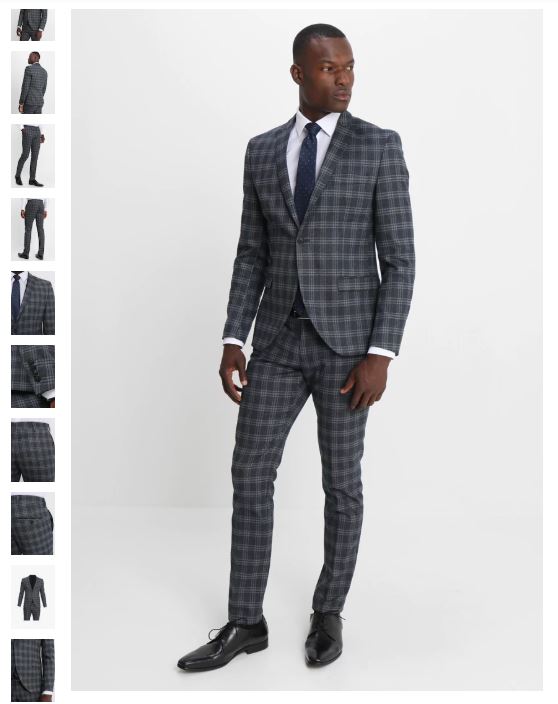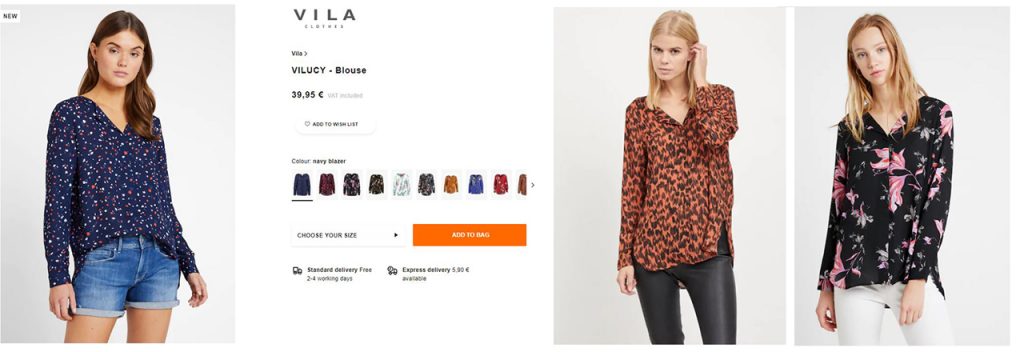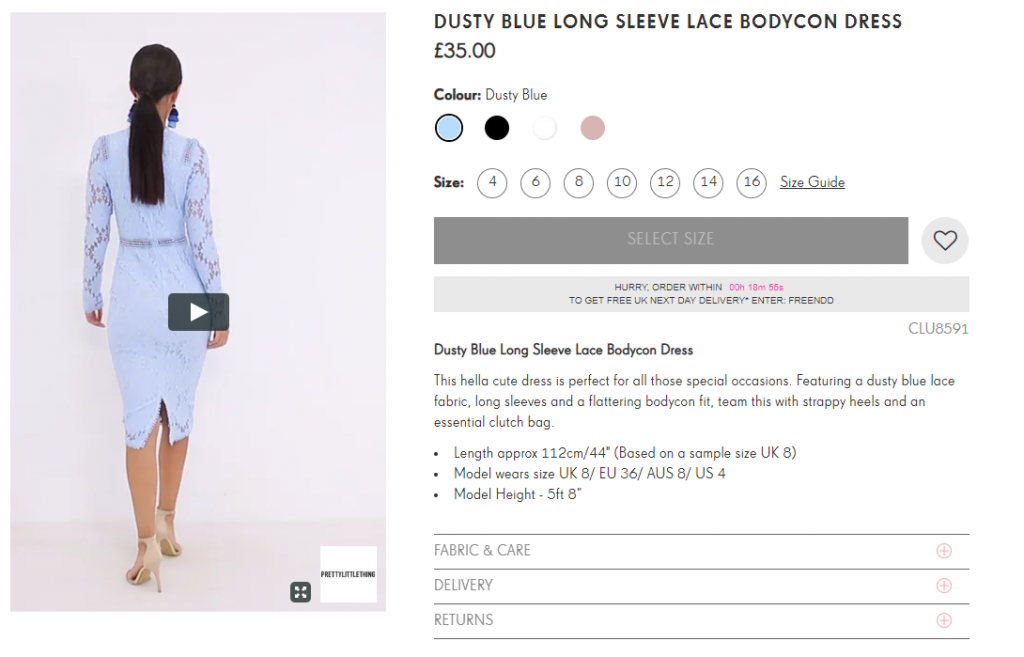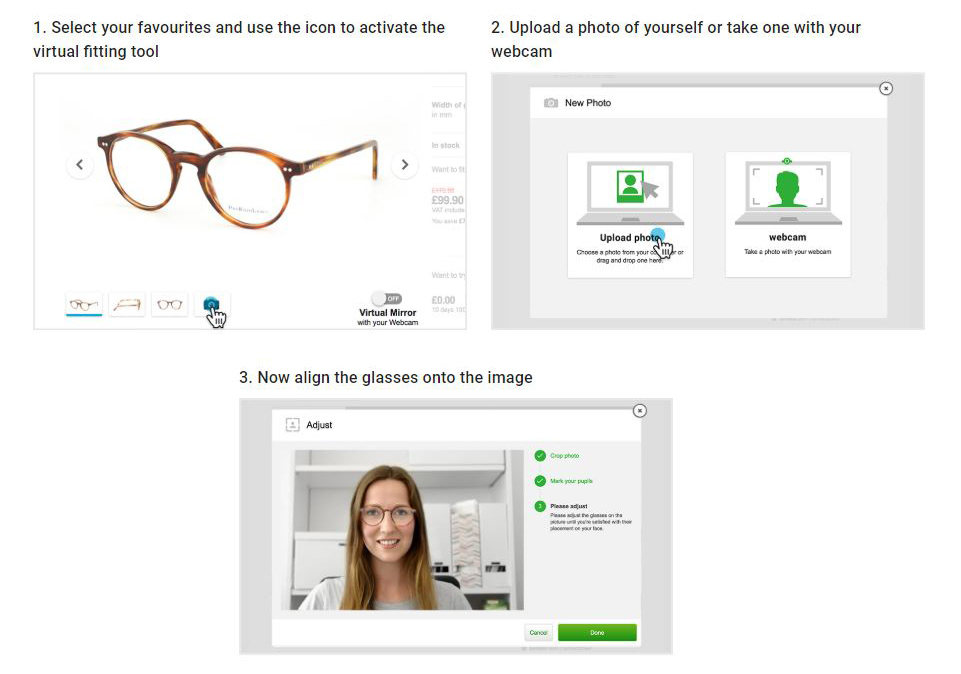There has been a massive shift from brick-and-mortar retail to e-commerce. The reason is fairly simple: the fashion industry is focusing on consumer behaviour – and consumers are increasingly staying online.
Why Fashion Retail Should Go Online First
Looking at global sales figures, retail is still a model of success. However, there has been a massive shift from brick-and-mortar retail to e-commerce. The reason is fairly simple: the fashion industry is focusing on consumer behavior – and consumers are increasingly staying online. Plus, the apparel industry in particular, is currently generating the highest revenues from e-commerce on a global level. So, if a fashion company is aiming for long-term success, integrating digital channels within the ecosystem is imperative.
Added value is worth it
Fashion brands are given two ways to communicate with their customers: online and offline. Based on this there are endless touch points made to get in contact with consumers. In the digital age, however, the encounter with a brand increasingly takes place online and in most cases long before a purchase actually takes place. This in turn has a profound impact on the way a potential customer searches, finds and evaluates products. The business model must adapt to this changing user behavior in order to be successful. Playing the digital keys consistently and confidently, delivers a whole range of advantages:
- Scope and customer base are expanding due to online-business. 4.3 billion Internet users thus become potential customers of the clothing industry in one fell swoop.
- Location, time and mood are not showstoppers for the shopping tour. After work in front of the TV, from the bathtub or simply on the road, consumers can find everything they need without restrictions and can quickly get an overview of availability and pricing.
- Relevant content can be applied on the web without limit: Next to context-optimized product information, additional content like blogs, videos, reviews, recommendations and more can play a decisive role in creating a convincing product experience; thus forcing a willingness to buy.
- Multiple touch points facilitate the decision-making as e-commerce is not only a single online shop. Consumers leaving a shop without a purchase? That´s not necessarily the end of the story. You can keep up the awareness and remind them of their product choices throughout different touch points, channels and devices to positively influence their purchase decisions.
- Social media is key to emotions. Platforms such as Instagram, Youtube and Pinterest influence people´s gut feeling and self-esteem, thus justifying purchase decisions. Also social media is a great opportunity to actively interact and engage with consumers – and to set up a direct relation to a brand’s online shop.
- Marketplaces like Amazon, Asos or Stylebop allow brands to use powerful additional sales channels to distribute products on a large scale.
- Knowing your customer is necessary in order to meet their preferences. Online channels allow businesses to track and analyze their customers’ full digital footprint and to convert this knowledge into more targeted communication. The better the resulting customer experience, the more likely consumers will be willing to provide their data – which enables brands to learn even more about them.
Opening up an online flagship store
Those who assume great customer experience is only relevant for in-store shops are very much mistaken. Nowadays, a customer-centric approach is essential for every touch point. Thus, an online shop needs to be much more than just a digitalized catalog. Dealing with a large assortment of products and no opportunity to physically try them out requires innovative approaches to boost product experience. The basics are already set: ordering straight from the branch for home delivery, convenient product returns, and free and fast delivery. Now comes the fun.
The fashion industry strives to make in-store customer services available online. The virtual service shows up in different ways: products are shown as closeup images, worn by different models, 3-D animations or in short video clips – to present different perspectives. In order to ensure that customers get the best possible product experience – and to reduce the number of returns – it also comes down to a solution for a helpful size guide. The most innovative ones support them in finding the right fit without the need for a dressing room. To give a few examples: Asos and Thirdlove are using a list of detailed questions to recommend a personalized size, based on individual conditions, as well as previous purchases and experiences. Macy´s gives concrete explanations via video, while Mr. Spex evolves by enabling customers to virtually try on glasses.
Expanded shopping opportunities through individualization
Established brands, with their own chain of stores, are expected to have an online presence. But consumer demands are going much further today. Personalization has become a decisive factor. Customer data, purchase and search behavior – gives reliable conclusions about consumers´ preferences in order to optimize marketing and sales processes. In the long term, this will allow brands and retailers to address individuals with targeted real-time offers – that are relevant and in context.
Technical foundation for your data
Fashion companies will need the right technological infrastructure to achieve this status. Deeply integrated systems allows companies to optimize their communication by integrating data from multiple sources and quickly distributing rich, high-quality product information from a single source across all channels – a major requirement for customer loyalty.
There are numerous software solutions on the market that claim to help solving challenges in marketing products – but to efficiently support online channels, a product information management system would be the core of any digital strategy. As a central repository, a PIM system can help you easily integrate product data from different sources, enrich and localize it, and publish up-to-date product information into connected systems like e-shops, e-fulfillment and content management systems as well as to platforms like Amazon, eBay or Alibaba.
Mobile shopping
Since online shopping becomes more and more a mobile phenomenon this holds another vast chance. Today, almost everything comes together on a mobile device even if it is primarily used for communication – especially via social media. This paves the way for companies to step into their customers´ private life. Thanks to Facebook, Pinterest and Instagram, it´s much easier for fashion brands to engage with consumers – an ideal foundation to inspire, inform and incite them. A successful social and mobile strategy goes above and beyond just a simple presence in certain social networks or delivering a mobile app that is just a mobile rendering of their website. Fashion brands are able to connect different touch points – using social media as a sales channel in e-commerce and mobile commerce.
Journey to success
The customer journey does not follow a linear curve but is rather formed individually by a number of touch points. Technological developments are enabling even more to connect online and offline steps to that journey. QR-codes make it possible to call up product information, mobile apps allow easier product search and purchasing, while stores offer pick up same day. Consumers appreciate the comfort-level and differences of online shopping, but they don’t plan to renounce the brick-and-mortar shopping experience. The main challenge for brands is keeping an eye on further innovations to create a cohesive omnichannel shopping experience – with the consumer at the center of all efforts.
Looking to build customer loyalty through social media? Don’t forget to add your business to https://www.top4.com.au/
List your business, create your own digital store to sell goods and services, and share posts on social media. Promote your business on Google instantly! Should you need help with local digital marketing then view our new Google Marketing Platform and services http://www.top4marketing.com.au/
Get Found On Google Promote Your Website, Reach local customers today!
Our Digital Marketing Agency Services Across All Industries Include Search Engine Optimisation (SEO), Google Marketing, Website Design, Corporate Web Development, and local location-based marketing using our own Google Marketing Platform!
Engage A Social Media Agency For Only 1/3 The Cost Of Employing A Social Media Manager…LET’S TALK!
Source: Digital Doughnut










